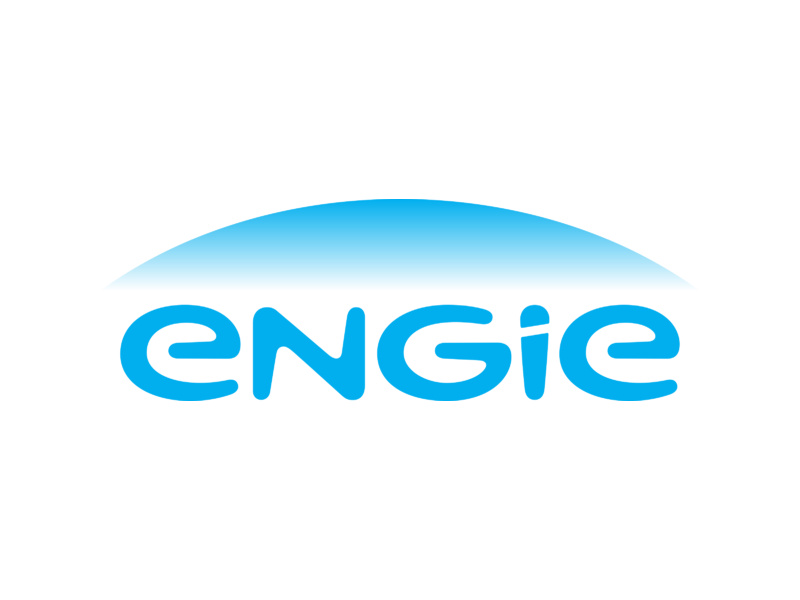Title Page
-
Document No.
-
Audit Title
-
Client / Site
-
Conducted on
-
Prepared by
-
Location
-
Personnel
Client Arrangements
-
1. Notification of Construction Project (F10) – In date and displayed
-
2. Construction Phase Plan – Updated regularly and in line with programme
-
3. Welfare Facilities – Adequacy and Cleanliness
-
4. Design Team Meetings – Appropriate
-
5. Project meetings appropriate
-
6. Site Inductions – Being carried out and recorded
-
7. Health and Safety Inspections – Regular
-
8. Access to Site – Controlled
-
9. Communication and Cooperation – Appropriate
-
10.mHealth and Safety File – Suitable flow of information to CDM PD
-
11. Competency Assessment regime in place.
REQUIREMENTS APPLICABLE TO ALL CONSTRUCTION SITES
Regulation 17 Safe places of construction work
-
17.1 Safe Access and Egress
-
17.2 Observable Risks
-
17.3 Persons using unauthorised access or egress routes or equipment
Regulation 18 Good order and site security
-
18.1 Site in good order, tidy and clean.
-
18.2 Have perimeter identified by suitable signs and be arranged so that its extent is readily identifiable; or be fenced off.
-
18.3 No timber or other material with projecting nails (or similar sharp object)
Regulation 19 Stability of structures.
-
19.1 All structures are stable.
-
19.2a Structures and supports able to withstand foreseeable loads
-
19.2b Supports and structures used as designed, installed and maintained.
-
19.3 Structure not overloaded
Regulation 20 Demolition or dismantling.
-
20.1 Demolition suitably planned
-
20.2 Arrangements for carrying out demolition recorded in writing before the demolition or dismantling work begins
Regulation 21 Explosives
-
21.1 Explosives must be stored, transported and used safely and securely.<br>
-
22.2 Suitable and sufficient steps have been taken to protect from explosion or flying material.
Regulation 22 Excavations
-
22.1 Suitable supports, battering.
-
22.2 Suitable edge protection for persons, work equipment and materials.
-
22.3 Adjacent ground not loaded by excessive spoil or equipment.
-
22.4 Excavation inspected at start of shift, no occurrences falls or dislodgement since inspection.
-
22.5 Excavation covered by current inspection certificate
Regulation 23 Cofferdams and caissons
-
23.1a Suitable design and construction
-
23.1b Appropriate shelter or escape.
-
23.1c Evidence of maintenance .
-
23.2 Inspected by a competent person at the start of the shift, no occurrences likely to affect strength or stability since inspection
-
23.3 Covered by current inspection certificate
Regulation 24 Reports of inspections
-
24.1a Inspector informs PC of findings of Reg. 22 & Reg. 23 of inspection dissatisfaction before the end of shift of risk to the safety of any person.
-
24.1b Inspector prepares suitable reports.
-
24.2 Where inspections are delegated the delegator must ensure that the inspector undertakes 24.1a&b above.
-
24.3a Copies of inspection on site for inspection by HSE till work completed then retained by company for 3 months.
Regulation 25 Energy distribution installations.
-
25.1 Energy distribution installations suitably located, periodically checked and clearly indicated.
-
25.2 Overhead electric power cables— directed away from the area or power must be isolated and if necessary earthed.
-
25.3 If unable to comply with 25.1 or 25.2 suitable warning notices provided with barriers to exclude work equipment or suspended protections or other measures providing safety.
-
25.4 Sufficient steps to prevent damage or disturbance to underground service.
Regulation 26 Prevention of drowning
-
26.1a Prevent, so far as is reasonably practicable, the person falling.
-
26.1b Minimise the risk of drowning in the event of a fall .
-
26.1c Suitable rescue equipment is provided, maintained and, when necessary, used so that a person may be promptly rescued.
-
26.2 Safe transport of any person conveyed by water.
-
26.3 Vessels not overcrowded or overloaded.
Regulation 27 Traffic Routes
-
27.1 Well organized - pedestrians and vehicles can move without risks to health or safety.
-
27.2 Traffic routes sufficient in number, positions and size.
-
27.3a pedestrians or vehicles may use it without causing danger to the health or safety of persons near it.
-
27.3b door or gate for pedestrians which leads onto a traffic route is sufficiently separated from that traffic route to enable pedestrians to see. any approaching vehicle or plant from a place of safety
-
27.3c sufficient separation between vehicles and pedestrians to ensure safety and effective arrangements are used for warning any person liable to be crushed or trapped by any vehicle of its approach;
-
27.3d Any loading bay has at least one exit for the exclusive use of pedestrians .
-
27.3e where it is unsafe for pedestrians to use a gate intended primarily for vehicles, at least one door for pedestrians is provided in the immediate vicinity of the gate, is clearly marked and is kept free from obstruction.
-
27.4a Suitable signs on traffic route
-
27.4b Traffic route must be regularly checked.
-
27.4c Traffic route properly maintained
-
27.5 Traffic route is free from obstruction and permits sufficient clearance.
Regulation 28 Vehicles
-
28.1 Suitable and sufficient steps must be taken to prevent or control the unintended movement of any vehicle.
-
28.2a Banksman in operation.
-
28.2b Amber Beacons and reversing beepers fitted to plant and equipment.
-
28.3a Vehicles and equipment operated in a safe manner.
-
28.3b Vehicle and equipment not overloaded – stable load ☐
-
28.4 Pedestrian not permitted as passengers unless safe seat provided.
-
28.5 No persons in or on vehicle whilst loading or unloading loose material unless a safe place of work is provided and maintained for that person.<br>
-
28.6 Protection to prevent vehicles from of falling into excavations, pits, embankments or earthworks.
Regulation 29 Prevention of risk from fire, flooding or asphyxiation
-
29.1a Suitable firefighting equipment.
-
29.1b Fire risk assessment in place.
-
29.2 If applicable suitable precautions to prevent injury from flooding.
-
29.3 If applicable suitable precautions to prevent asphyxiation.
Regulation 30 Emergency procedures.
-
30.1 Emergency plan in place
-
30.2 Emergency arrangements made known to everyone on site at site induction.
-
30.3 Emergency drills are undertaken at regular intervals.
Regulation 31 Emergency routes and exits
-
31.1 Where necessary in the interests of the health or safety of a person on a construction site, a sufficient number of suitable emergency routes and exits must be provided to enable any person to reach a place of safety quickly in the event of danger.<br>
-
31.2 Suitable instruction relating to emergency routes.
-
31.3 An emergency route or exit must lead as directly as possible to an identified safe area.
-
31.4 An emergency routes, exits and traffic routes kept clear and free from obstruction. Emergency lighting if necessary.
-
31.5 Each emergency route or exit must be indicated by suitable signs.
Regulation 32 Fire detection and fire-fighting.
-
32.1 suitable and sufficient fire-fighting equipment and fire detection and alarm systems.
-
32.2 Suitable arrangements for instruction.
-
32.3 Fire-fighting equipment or fire detection and alarm systems must be examined and tested at suitable intervals and properly maintained.
-
32.4 Fire-fighting equipment which is not designed to come into use automatically must be easily accessible.
-
32.5 Persons instructed in the correct use of fire-fighting equipment which it may be necessary for the person to use.
-
32.6 Where a work activity may give rise to a particular risk of fire, a person must not carry out work unless suitably instructed.
-
32.7 Fire-fighting equipment must be indicated by suitable signs.
Regulation 33 Fresh air
-
33.1a Sufficient fresh or purified air to ensure safety
-
33.1b Warning devices for failure of ventilation equipment where needed for health and safety.
34 Temperature and weather protection
-
34.1 SFARP reasonable temperature
-
34.2a SFARP provision of weather protection
-
34.2b Provision of protective clothing
Regulation 35 Lighting
-
35.1a Sufficient lighting – construction site
-
35.1b Sufficient lighting – approach
-
35.1c Sufficient lighting – traffic route
-
35.2 Artificial Light does not change colour perception
-
35.3 Emergency lighting in place if necessary
-
Select date











